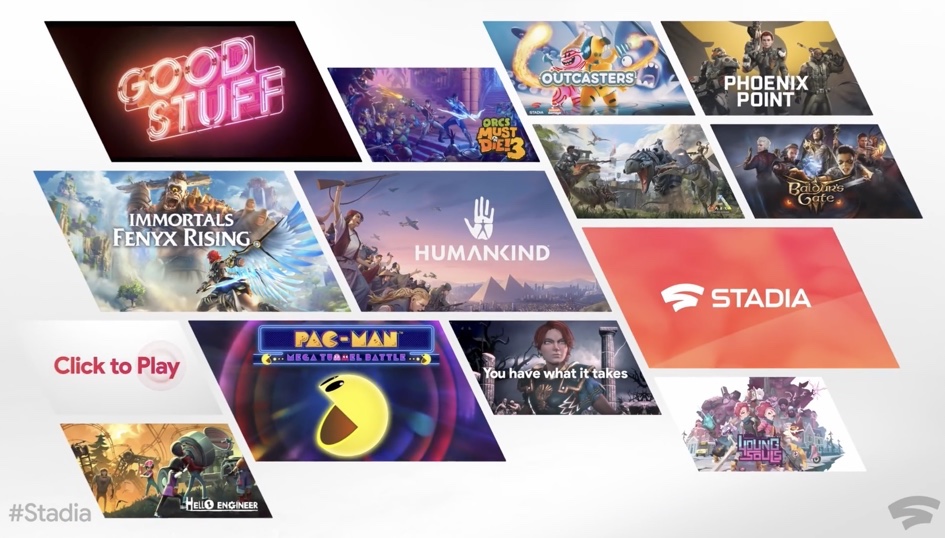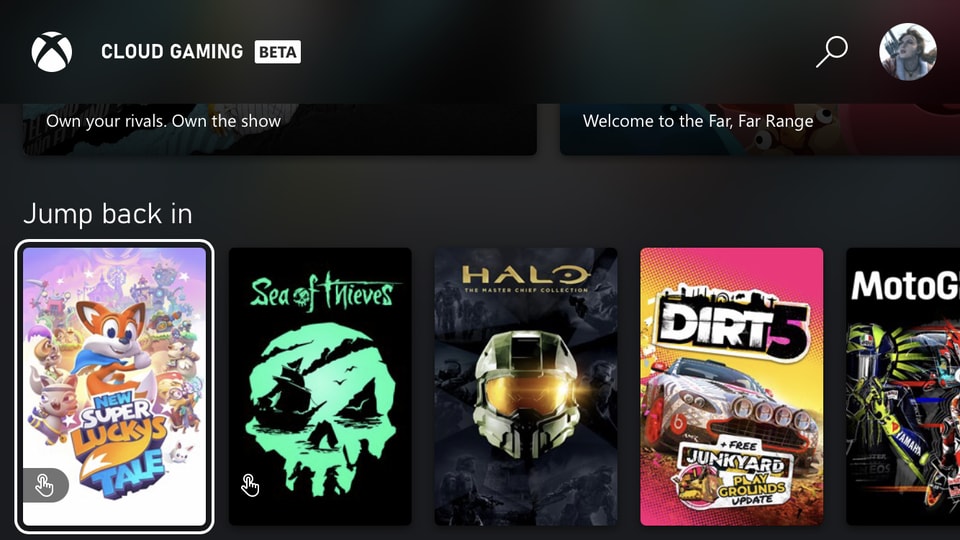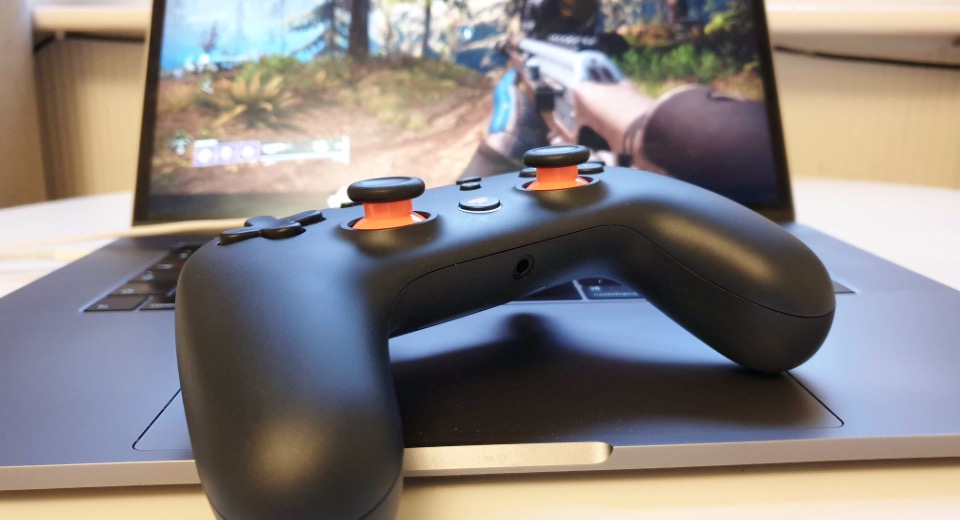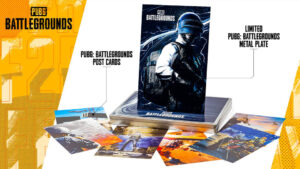If you listen closely, you may be able to hear the gentle whispers of self-satisfied ‘I told you so’s’ blowing on the wind. According to a report by Business Insider, Google have ‘deprioritised’ Stadia, suggesting that Google will soon be sunsetting the game streaming service. Only 20% of the Stadia operational team are now involved in securing games for the service, while the remainder are now focussed on selling and implementing their bespoke streaming tech to other companies.
It comes as little surprise to many who viewed the Stadia platform as a tech demo rather than a long-term gaming option. With Google’s history of swiftly shutting down services after just a few years, there’s always been an underlying sense of trepidation about Stadia. It’s hard enough to know how safe your digital games are on Sony and Microsoft’s platforms, let alone on one that exists exclusively in the cloud.
Still, as I’ve eulogised a number of times, Stadia’s core technology works incredibly well, and arguably better than its current streaming rivals like Xbox Cloud Gaming (formerly xCloud) and PlayStation Now. It’s a service that makes gaming virtually instantaneous, and as we’ve become exhausted by constant patches and updates every time we turn our devices on, gaming on Stadia was often a breath of fresh air.

Stadia’s most compelling trick was instant gaming… and decent Cyberpunk 2077 performance.
Google clearly still sees the potential in their streaming tech, with the last year seeing them ink deals with Peloton to provide streamed games to their fitness equipment. They were also courting Bungie – it’s been interesting to see this week that there’s still thousands of Destiny 2 players on the Stadia platform – though with Sony’s acquisition of the FPS developer, there’s a question over how much effort Bungie will put into Stadia going forward.
Capcom is also in the picture, with the idea of providing playable demos direct from their website, utilising the Stadia tech in one of the ways it was originally envisioned to work. That’s perhaps the biggest shame here. Google never seemed ready to fully back Stadia, even at the very beginning. It simply wasn’t ready to be a viable option, whether through the lack of systems such as achievements, or through the slow rollout of support. If it had immediately launched onto smart TVs, iOS, and more territories then we might be looking at a very different outcome.
Streaming is gaining more traction elsewhere, though. Microsoft’s Cloud Gaming implementation has now expanded beyond mobile devices to console platforms and PCs, letting Xbox players hop into games immediately without having to download and install a single thing. It’s making good on Stadia’s pledge to enable gaming on any screen you own, while building on Xbox’s foundations with saves and achievements transferring no matter where you’re playing. It still doesn’t have the immediacy of Stadia’s service, taking time to load in, and with queues appearing recently for access to the hugely popular Halo Infinite. Still, it’s hard to argue with how well it fits into the Xbox infrastructure. It isn’t their core focus though, and perhaps that’s currently the key.

Xbox Cloud Gaming taps into the solid foundations of Xbox achievements, cloud saves and Game Pass.
PlayStation are reportedly planning to create a new all-in subscription, code-named Spartacus, for their own services. It’ll draw together PlayStation Plus and their streaming offering PlayStation Now, with the aim of creating a Game Pass-like experience for fans of buttons with shapes on them. Last we heard, PlayStation Now has somewhere in the region of 3.2 million subscribers, which is tiny proportion of PS4 and PS5 gamers and miles behind Xbox Game Pass, but it’s certainly more than the number of Stadia users left in February 2022 – the most recent theory was that Stadia had 2 million all the way back in May 2021.
Meanwhile GeForce Now is a truly impressive streaming service, and in the scheme of things it’s probably the most accessible one out there. You can use it for free, albeit with play sessions limited to one hour windows, or you can bump it up to an RTX 3080 rig that’ll run everything in the highest quality for £15 a month. You pay for the streaming tech, but you can play all your own games from Steam or Ubisoft Connect, as well as Fortnite. It’s an addendum to games you already own, giving you the option of being able to play elsewhere. The key, unlike Stadia, is that it doesn’t ask you to spend a load of extra money on games you might lose access to at any moment. Once again, streaming is a nice thing to have, but apart from some edge cases it makes the most sense when it’s not trying to replace your traditional setup.
Even little old Nintendo are getting in on the streaming fun, or at least allowing the party to get started. Some companies are turning to streaming in order to get more challenging games to appear on the underpowered Switch, with Square Enix the most recent one to take this route. The entire remastered Kingdom Hearts portfolio has appeared on the platform, using Ubitus’ tech to stream them over the interweb.
There’s a few issues here, not least the fact that the Switch can almost certainly run the older remasters without using streaming, and in a world where Doom can work on Switch, Kingdom Hearts III likely could as well. They’re also charging $90 for these games, despite their age and their reliance on an internet connectivity. It’s nice to see the option – you can stream the demos right now through the eShop if you’re interested – but it seems to be too close to Stadia’s failing vision to truly succeed. Why pay a premium for a game you stand even more chance of losing access to than with standard digital purchases? It’ll be interesting to see how many people buy into the idea.

Having a quick demo of a game remains one of cloud gaming’s best uses.
The offer of streaming demos though is a viable and useful way to implement streaming. Capcom are eying it up, and Stadia originally pitched the idea that you could watch trailers on Youtube and then hop straight into the game. If you’re forever downloading demos, chances are they’re never actually getting played by the time they land in your harddrive. Having them instantaneously available means you can truly just hop in and try them out, publishers hopeful of catching more sales in the process. It’s a consumer-friendly service that I hope we see more of.
Despite Google’s likely step down on Stadia, streaming is still a viable option for gaming in the here and now. Sadly, like Onlive before it, Stadia is an example of too much, too soon. We’re at a point where many people wouldn’t notice the difference playing a game down their fibre connection compared to playing it on a box underneath their TV, but it’s still at the stage where it works best as an option, an addition, or an occasional substitute for playing with gaming hardware in situ. I love the idea that Stadia will live on in one form or another, but the dissenting voices turned out to be right. It was always a tech demo.
- "
- 2021
- 2022
- About
- access
- acquisition
- All
- Allowing
- Another
- available
- BEST
- Biggest
- Box
- Building
- buy
- Capcom
- cases
- challenging
- chances
- charging
- Cloud
- Companies
- compelling
- Connectivity
- Console
- Creating
- Current
- Cyberpunk 2077
- Deals
- despite
- Developer
- Devices
- different
- digital
- Doom
- down
- Edge
- equipment
- eshop
- experience
- fitness
- Focus
- form
- Fortnite
- Forward
- FPS
- Free
- fresh
- fun
- game
- Gamers
- Games
- Gaming
- Giving
- good
- Hardware
- having
- here
- history
- How
- HTTPS
- i
- idea
- implementation
- important
- industry
- Infrastructure
- Internet
- involved
- iOS
- issues
- IT
- Key
- Limited
- load
- love
- Making
- May
- May 2021
- million
- Mobile
- mobile devices
- money
- more
- Nintendo
- offer
- offering
- Option
- order
- Other
- Patches
- Pay
- PCs
- Peloton
- People
- performance
- picture
- planning
- platform
- Platforms
- play
- players
- Playing
- playstation
- Plus
- Popular
- portfolio
- potential
- Premium
- Process
- ps4
- ps5
- publishers
- purchases
- quality
- reliance
- report
- rig
- rivals
- Route
- Run
- s
- safe
- sales
- Screen
- sees
- sense
- Service
- Services
- smart
- Sony
- spend
- square
- Square Enix
- stadia
- Stage
- started
- Steam
- streaming
- streaming service
- subscribers
- subscription
- support
- surprise
- Switch
- Systems
- tech
- Technology
- The
- Through
- time
- together
- traditional
- tv
- Ubisoft
- Updates
- users
- vision
- VOICES
- Watch
- Website
- week
- WHO
- wind
- windows
- Work
- works
- world
- xbox
- year
- years
- youtube











